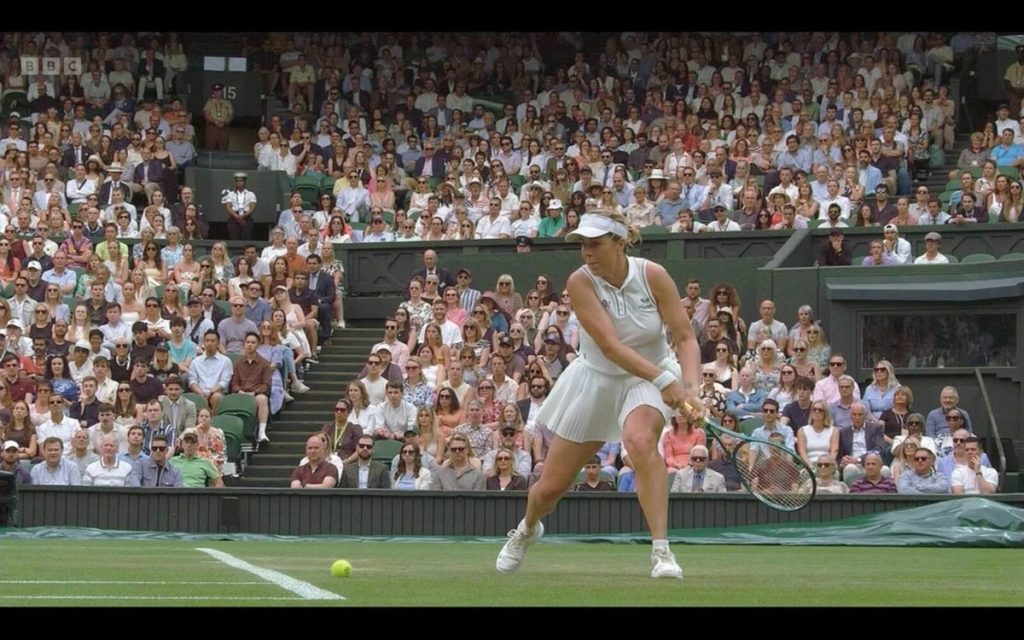Tensions Rise Over Electronic Line Calling at Wimbledon
Anastasia Pavlyuchenkova raised concerns about potential favoritism towards her British opponent following an incident involving electronic line calling (ELC) during her match at Wimbledon. The controversy unfolded on Centre Court when the technology malfunctioned during a critical moment.
The Russian player was serving at 4-4, Ad-40 in her fourth-round match against Sonay Kartal when a backhand from Kartal clearly bounced out. However, the ELC system, which replaced traditional line judges for the first time in Wimbledon’s history, failed to make the correct call. Umpire Nico Helwerth halted play before the automated warning could sound.
After a discussion with tournament officials, Helwerth informed the players and the crowd that the technology had malfunctioned during the point, necessitating a replay. This decision was met with frustration, especially since video evidence showed that Kartal’s shot was indeed out, meaning Pavlyuchenkova should have won the point.
A representative from the All England Lawn Tennis Club (AELTC) explained that the ELC system had been deactivated mistakenly, leading to missed calls. According to their protocol, if the ELC fails to make a call, it’s up to the chair umpire to decide, and in this case, the point was incorrectly replayed.
After the match, Pavlyuchenkova expressed her outrage, suggesting that her opponent’s local status influenced the decision. “Because she’s local, they can say whatever. You took the game away from me,” she remarked. She reiterated her belief that the chair umpire had initially seen the ball out but did not call it that way.
Pavlyuchenkova managed to regroup and won the set in a tiebreak, ultimately securing victory with a score of 7-6(3), 6-4. The incident prompted calls for the adoption of video replay technology in conjunction with ELC, similar to its implementation at other major tournaments like the U.S. Open and Australian Open.
Despite the overall transition to ELC at major tournaments, there have been notable complaints from players about its accuracy, making this incident at Wimbledon a focal point in the ongoing debate about the technology’s reliability in high-stakes matches.



